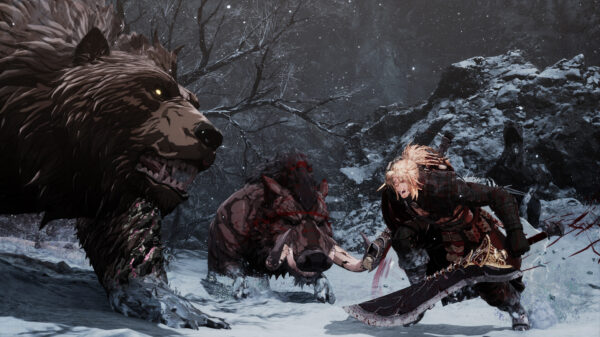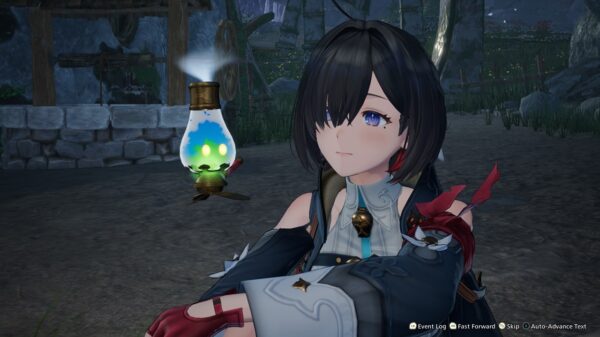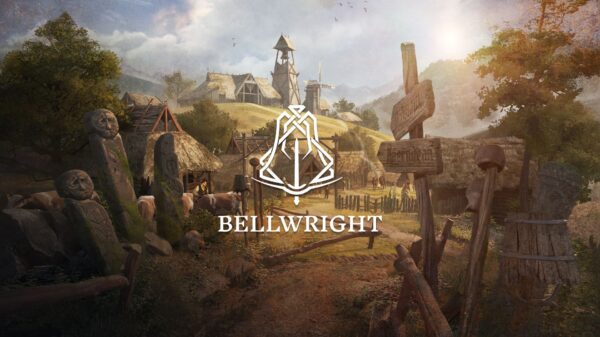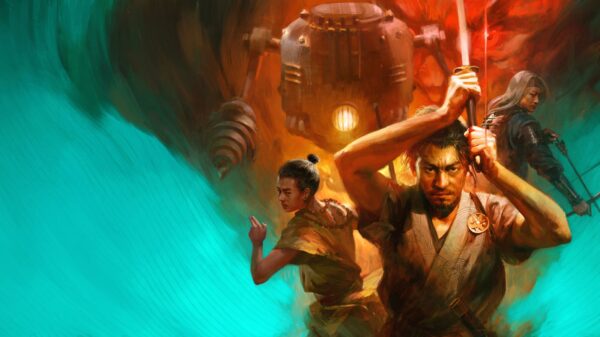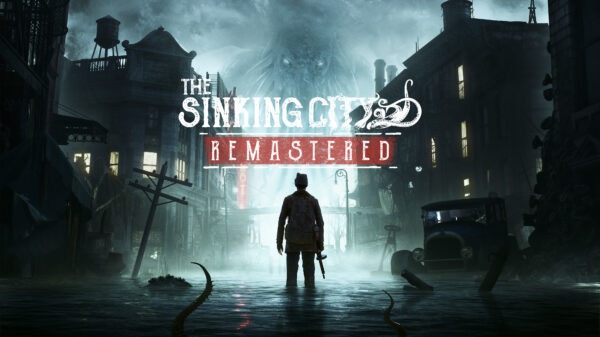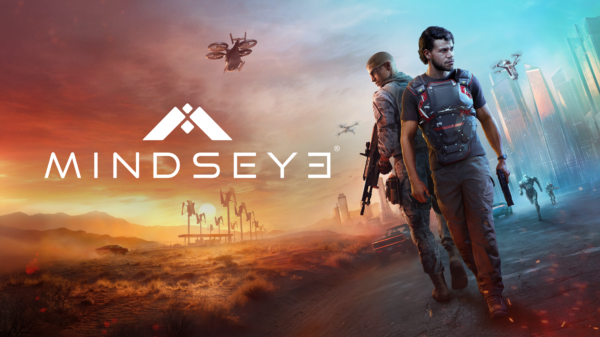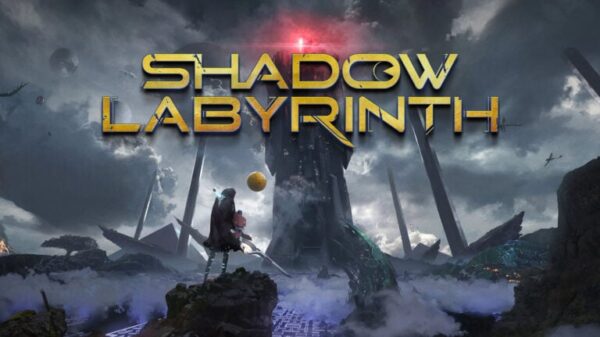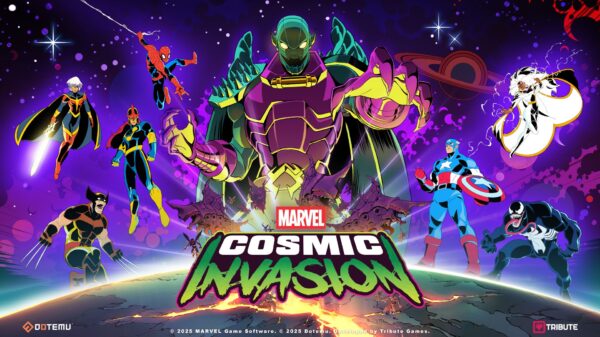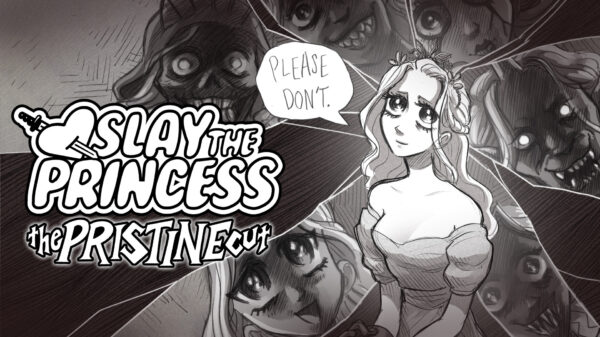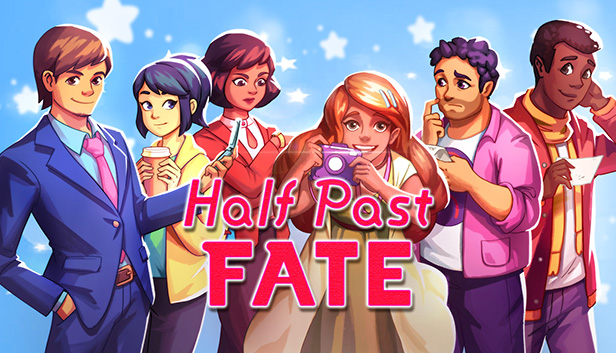Witness the effects of an unjust war, go on the run from the dangerous paramilitary force known as The Core that increases its influence over the world day by day, and search for answers in this long-awaited game leaving Early Access at last.
Long Gone Days
Developer: This I Dreamt
Price: $25
Platform: PC, PlayStation 5, PlayStation 4, Xbox Series X|S, Xbox One, Nintendo Switch (reviewed)
MonsterVine was supplied with a Switch code for review.
I’ve been waiting a long time for Long Gone Days. I first previewed it all the way back in 2016, with a short demo that got me invested in the main characters. My second preview came in 2018, when it first entered Early Access, which left me curious about the direction of the story. Ever since then, I’ve been waiting for the game’s full release. Now that day is finally here, so how does Long Gone Days hold up to expectations after all these years?
You play as Rourke, a sniper raised and trained by the underground paramilitary organization known as The Core. On his first assignment, Rourke goes on a mission to help Polish forces fight back against enemies in Russia–or so he’s told. When he learns it’s actually a false flag operation intended to start a war between the two countries, he flees with the help of another member of the team and is soon declared a traitor by the Core. Hunted by the army he once worked for, he finds himself on a journey to see how people are affected by the Core’s actions and how the looming disaster can be stopped.

Although Long Gone Days is officially described as an RPG, you don’t gain experience or level up. Instead, your party members learn new skills at key points in the story, while you increase your stats by equipping different pieces of gear. Rather than random encounters, all fights occur at scripted points, although certain sections of the game allow for stealth to avoid some of the battles. There are no shops, either, so all your items will come from finding chests or completing side quests. Exploring to find chests was one of my favorite parts, especially since minor puzzles such as pushing obstacles or finding a passcode are sometimes required.
Combat is similar to a classic turn-based RPG battle system, but with a twist. When you attack, you can choose which part of the enemy to target. Shooting an enemy’s arm deals low damage but has a chance to paralyze them, while shooting their head deals high damage but with a greater chance of missing. While this is neat as a concept, I found it to be less significant than I expected. High-damage shots still hit fairly consistently, so I ended up focusing on them in most situations. You also can spend SP in order to use special skills with a variety of effects, such as dealing extra damage, applying buffs or debuffs, or healing an ally. At the end of each battle, you have a choice between getting items or restoring some of the party’s SP. Since there are no healing facilities like inns, I always kept a close eye on my SP in order to decide.

A handful of sections employ a sniper mechanic where you actually shoot at targets within a time limit, but the majority of gameplay is a more traditional loop of exploring areas, fighting enemies, talking to NPCs, and taking on side quests. Each section of the game has a number of side quests to complete, all of which are tracked based on percentages to let you know how far you are and which you haven’t started yet. This makes it pretty convenient, although there were a couple of quests I never found despite trying to talk to everyone and search everywhere. As you complete side quests, you’ll boost your team’s Morale. Morale functions differently here than in those early previews, as it no longer affects combat. Now it is a stat in the background that influences what side quests you can accept–although I only encountered one instance where a quest was locked until I increased my Morale–while also changing how scenes play out at key points in the story.
Despite the serious tone and emphasis on war, the story has a slow pace with a lot of emphasis on seeing the effects of the war on characters living in the area. One neat touch is that since you visit different countries, there are often times when you can’t understand NPCs until a translator joins your party. A country flag next to translated dialogue reminds you that it’s in another language. Small details like that help the story feel real. Unfortunately, I didn’t find myself as invested in the story as I expected to be. The characters are likable enough, but the main plot wasn’t as compelling as I hoped. It’s difficult to pinpoint exactly why. The conflict deals with world-shaking stakes, it didn’t carry the impact it should. While it excels at showing the effect the war has on regular civilians, especially in the early chapters, the plot feels like it’s missing something to really make it stand out.

Long Gone Days looks good, with a nice UI and stylish features like cut-ins during battle when you or a boss use a special skill. However, a handful of flaws keep it from feeling fully polished. The targeting system is inconsistent when it comes to how damage is described. One enemy’s head might be listed as a “high damage” area while another will be listed as “low defense” instead, functionally the same meaning, but enough to make me pause and question it. The screen when you use a healing item doesn’t show your max SP, so I had to check the max value from the main menu before using an SP restoration item. If you equip a piece of gear, you can’t remove it unless you have a different piece to equip instead. The save screen lists a time for your save file, but I’m not sure if it’s a clock that only functions when the game is running or a playtime tracker that runs even with the console in sleep mode and resets after it hits 24 hours; either way, it doesn’t seem to work as it should.
Then there are the handful of bugs I encountered. One area let me repeat the main quest dialogue, including getting a key item again. Another time, I got into a battle that stayed on the black transition screen the entire time, so I had to fight without being able to see the enemies or menu. In a late-game fight, a revived character’s portrait showed up blank in the turn order for the rest of the battle. And in the most frustrating yet funniest example, I attempted to mitigate an attack debuff by buffing my party’s attack, thinking it would balance out the effects to do normal damage, only for my attacks to start inflicting negative damage to heal the enemy instead. These, along with my earlier nitpicks, are all minor things that don’t hinder the overall experience on their own, but they start to add up after a while.
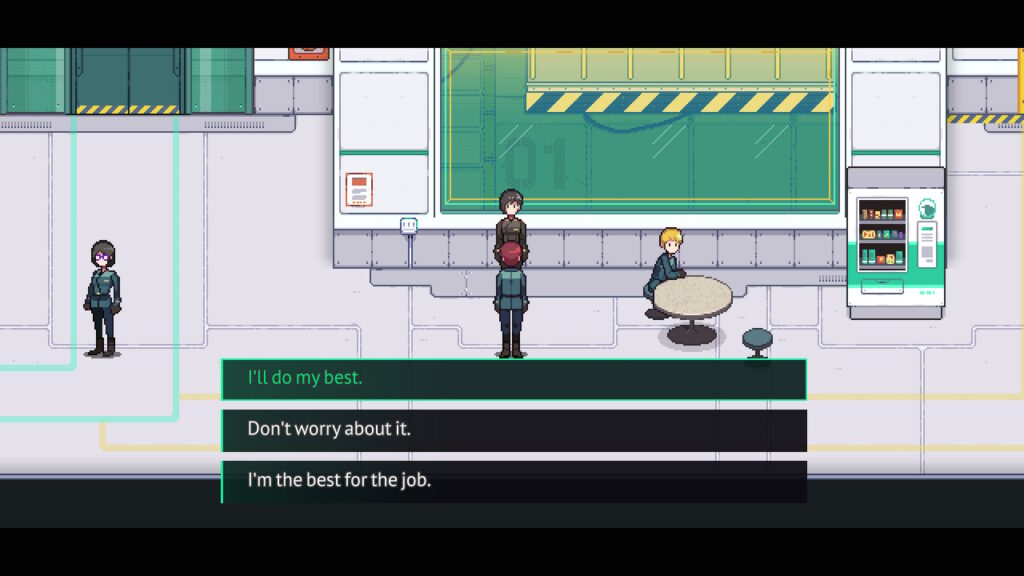
Despite these criticisms, Long Gone Days is a fine game overall. It has a nice presentation and good characters, with some nice details to make the world feel more real. My playthrough ended on a note that makes me think I got a bad ending, although I’m not sure what choices could have led to that. Two different endings, along with a couple scenes where you get to choose which character to spend time with and learn more about, provide some replay value in what is otherwise a fairly linear game.
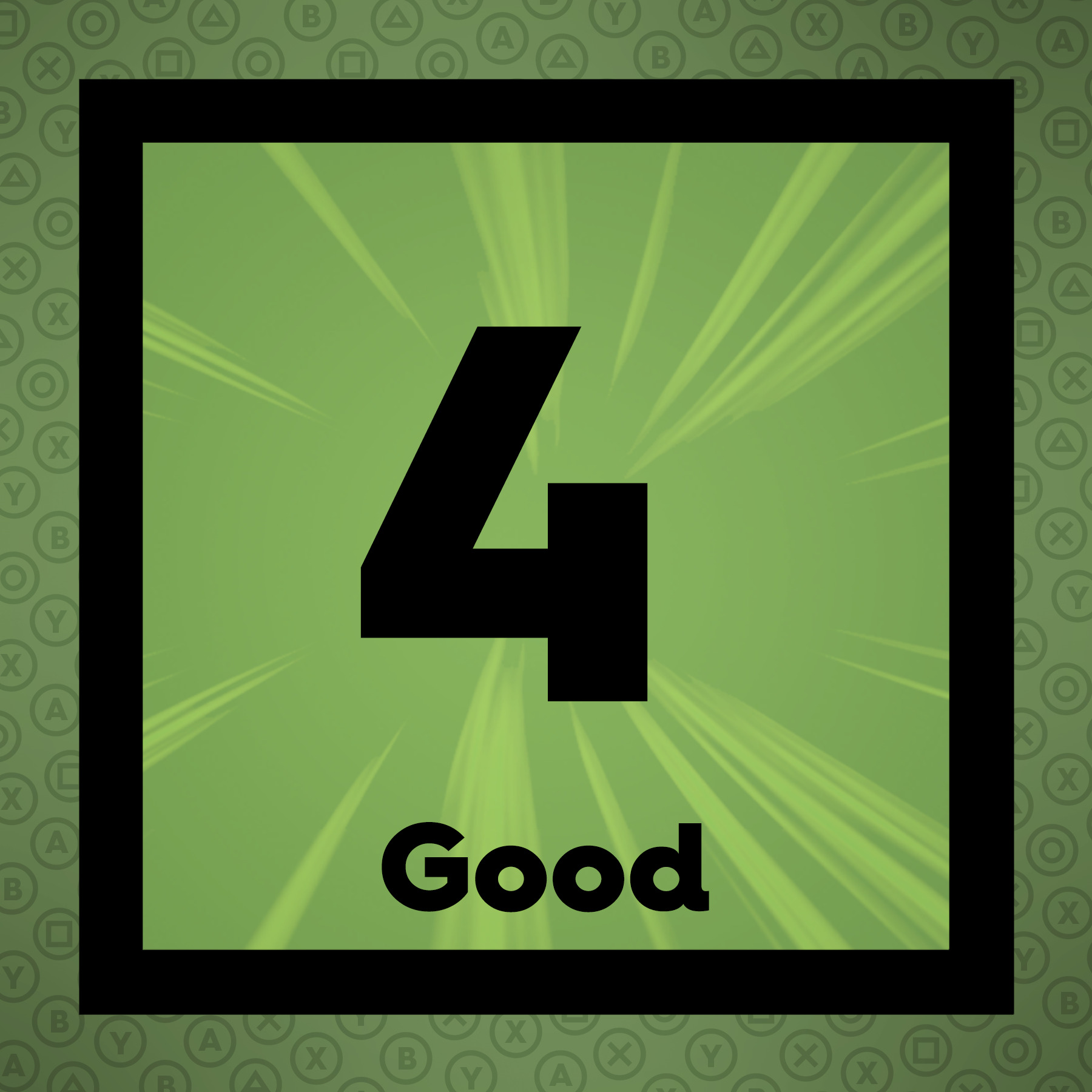 The Final Word
The Final Word
It’s hard for a game to live up to expectations when you’ve been waiting for years. As a result, I might have hoped for more from the story of Long Gone Days than it actually delivered. However, it has a good cast of characters and presents a view of how terrible war is for civilians, presented through an RPG-style structure. Despite some bugs and other flaws, Long Gone Days is still an enjoyable experience.
– MonsterVine Rating: 4 out of 5 – Good


